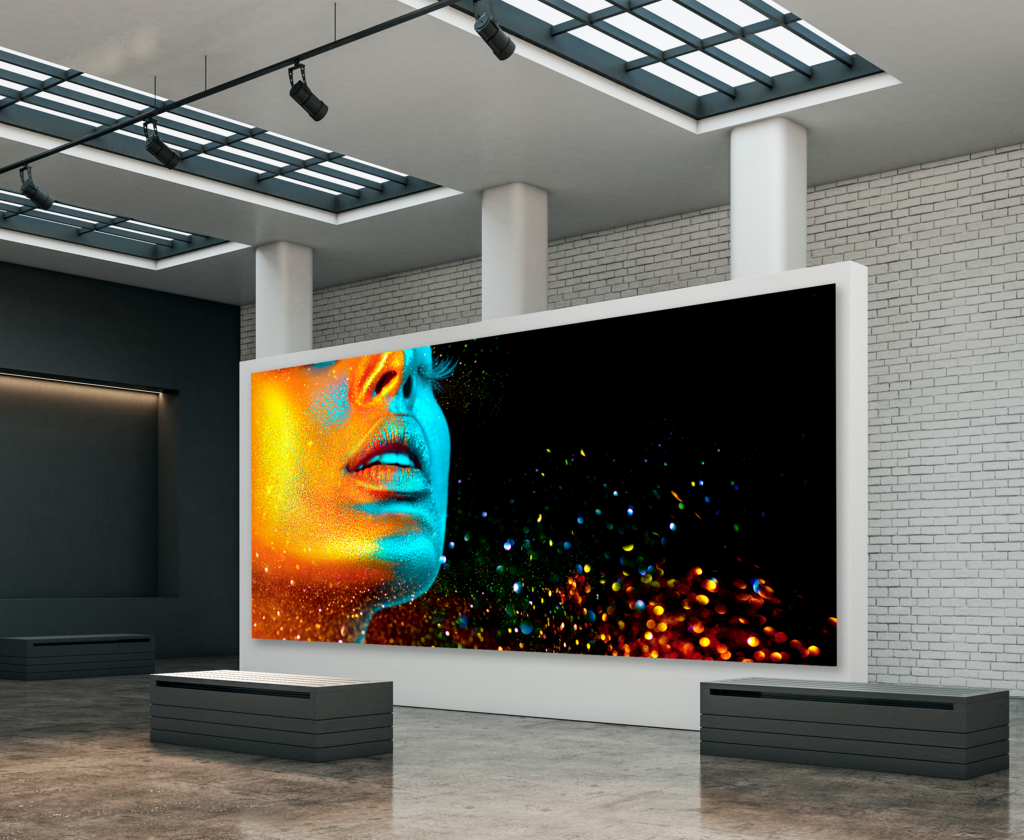In the past, building systems was a fairly straightforward affair. We figured out the sources, integrators put them in a rack. For those few that couldn’t be in the rack, a few extenders to get the signal to the processor. Then a few more extenders to get the signals to our displays and voila! The project was done. Ok, not quite that simple, but the general idea is accurate.
Nowadays, it is not so simple. Physical inputs have given way to more and more virtual inputs. Our customers no longer care where things are located, they just need to have access to them! This started with security cameras. Systems used to require a hardware device to take that web page/security camera feed and turn it into an HDMI and then plug that into the system. This was fine when web development was new… but over time, we started to need more and more of these sources. And over time, they would in many cases eclipse the number of physical inputs in a system. As if that wasn’t enough, the rise of data analytics software platforms and dashboards drove ever more need for more virtual inputs. After all, why dedicate 12 computers to different dashboards when it is just a web page that’s on the network.
Overall, the driving factor has been flexibility. Flexibility for inputs, flexibility in location/distance, and flexibility in systems. In a system based on physical inputs, if all of a sudden, we want to add a few inputs to a system that was already full, or even to add an input at an operator station that was not previously wired for one (or maybe was located on another continent!)… then we have to add hardware, pull new cables, install boxes. None of this being desirable. But it was necessary in the past.
Nowadays, with a system that has the ability to add virtual inputs, we just load a software client, have the customer manage it as they would any other network resource and in a matter of minutes, we have that new “source” available as an input to the system. No hardware, no cables to run, no boxes to install. It is impossible to minimize how much of a benefit this is when it comes to building systems. It isn’t just easier, it is more resilient, more secure, and as far as scalability goes, your options are unlimited. We already mentioned that sources can be anywhere, but that’s not the only big advantage. In the past, if we had a dashboard being fed from a PC, then we needed a backup machine as well in case the primary failed… or needed maintenance/patching/system upgrades. So that meant more hardware, more rack space, etc. If we are accessing a source virtually, none of this comes into play. Whether it is opening an application to pull that dashboard directly into the processor and thereby the wall, or its just picking up an H.264 video stream to ensure we have that camera feed, no hardware means less points of failure and should that source camera have an issue, switching to a different camera is just a matter of a script to jump to a different IP stream. The overall burden of supporting virtual sources on the network goes away from the system integrator and back onto the end customer, there is no more blame game for hardware failing or sources that aren’t available at any given moment.
Now while it may sound easy, it has given rise to a much different type of system planning. Tracking all these applications and sources is a requirement. And as most networks use DHCP for device management, IP addresses alone can’t always help us. As a result, the system needs to track device names and IP addresses in much greater detail to ensure that we don’t lose things after a network maintenance window. Additionally, we need to track access credentials to log in to these virtual inputs. Deeper use of API’s to login and communicate with devices can also be critical. And finally, this shift to the network has meant a huge spike in bandwidth requirements. Manufactures and system integrators cannot design these systems by ourselves, we must be working closely with a few different groups on the customer side. And more importantly, the manufacturers MUST be experienced in this arena and have the resources to help you work with the customers.
The other big issue is beware of companies that live in “AV-centric” solutions. While the AV industry is who we are, these solutions live in the IT world. Customers will not be spinning up new VLAN’s to get past “odd” security postures or manufacturer specific operation. Whether that be authentication methods or ports used. At an enterprise level, the ONLY acceptable solutions are ones that are enterprise grade and follow existing industry practices. Integrating into IT’s policies, workflows and systems is a requirement because it makes their life easier.
Making greater use of virtual inputs will radically reshape the power of the solutions that you build for your customers. Taking the time to work with companies like Jupiter Systems will make it easier and help you sell it to your customers. Jupiter has been at the forefront of this evolution for their entire life. They have experience and knowhow in this area that is second to none. And as we continue to evolve as an industry towards more and more of the virtual, they can help you present options to your clients that you may not even realize there were.



